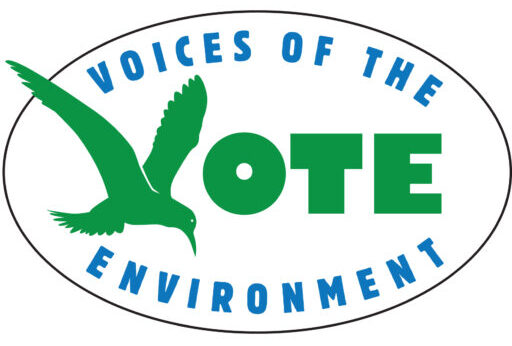Keith Epstein and his family reside in an 1850 square foot split-level ranch and during a 14-year journey they have successfully converted their home to be “net positive” (producing more energy than it uses). How did they do it?
- They replaced all original windows with vinyl double-panes, all light bulbs with CFLs and LEDs and all appliances with the most energy-efficient models, including a heat pump hot water heater.
- After an energy audit, they applied spray foam to the ground floor box frame and overhang, air sealed all wall plates, pipe holes, wire chases, light openings, etc. in the attic, and weather stripped and re-insulated the attic hatch to R-30 (all of this reduced the air leakage in their home from 2,034 CFM50 to 1,250 CFM50).
- During a kitchen renovation, they spray foam insulated additional walls on their first floor.
- They installed 3 Fujitsu 12,000 BTU/hr cold climate mini split heat pumps to replace their natural gas boiler.
- They installed a “power pipe” drain water heat recovery unit while replacing the hot water tank and a damaged wall from the old tank leaking.
- They installed 13.5 kW of solar panels with Enphase microinverters and two 4’x8’ solar hot water collectors (Sunward) on a pole in the yard.
- Keith’s family also drives a Nissan Leaf, powered by their solar array. So, even their transportation is (mostly) carbon-free! Keith worked up a chart which shows the total site energy consumed by his house over the years (oil usage in gallons and natural gas usage in CCF were converted to kWh so they could be plotted on the same graph as electricity). Incredible!
Rosanne Greco and Higley Harmon moved to Vermont from Maryland in August 2007. For the past 15 years, they have been taking actions to reduce the amount of fossil fuels used in their house and lives. This is their story.
They live in a Colonial two-story house with a total of 4,140 square feet of living space. It was built in 2002 by Sheppard (Fairway Construction) to 1997 energy standards. The developer applied for Energy Star rating, but there is no record that it was received.
Rosanne and Higley had two energy audits done, one in 2013 by Perkins-Smith and another in 2015 by Fruitfull Energy. As a result of the audits and other research, they:
- Purchased insulated (inside) shades for all of our windows.
- Purchased outside solar screens or awnings for all of our windows, their back deck, and front porch. (These block the heat of the sun from entering the house in the summer, keep the house cool, and reduce our use of air conditioning.)
- Swapped their incandescent light bulbs for LEDs.
- Purchased a heat pump hot water heater.
- Installed 28 solar panels.
- Purchased a multi-zone heat pump heating and air conditioning unit.
- Purchased a plugin hybrid Toyota Prius Prime
- Purchased a Tesla Powerwall System from SunCommon.
Other common sense (and free) actions that they take include:
- In the summer when the temperatures are high, closing the inside window shades and lowering the outside solar screens and the window awnings to block the sun. In the evenings, opening the shades and retracting the solar screens and awnings to let the cool air in.
- In the winter on sunny days, opening the window shades in the morning to let in the warm sun and closing them once the sun sets to block the cold air from entering the house.
- Keeping the lights off unless they are in the room and need them to see or read.
- Setting the thermostat to 63 degrees in the winter.
- Using ceiling fans or floor fans; and only using air conditioning when the humidity is oppressive.
- Disconnecting the gas fire place.
The results are spectacular. For many years, Rosanne and Higley have no electricity bills and natural gas bills of less than $200. In some years, credits from GMP (as a result of producing more electricity than they use) wiped out their gas bill altogether, leaving them with no energy bills.






